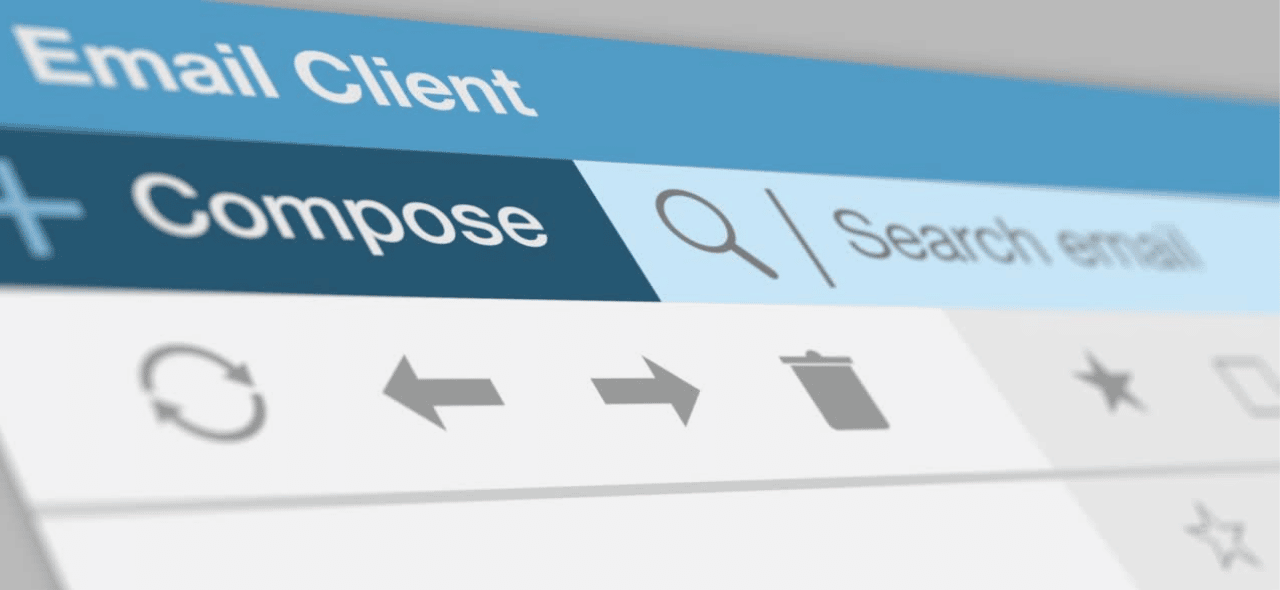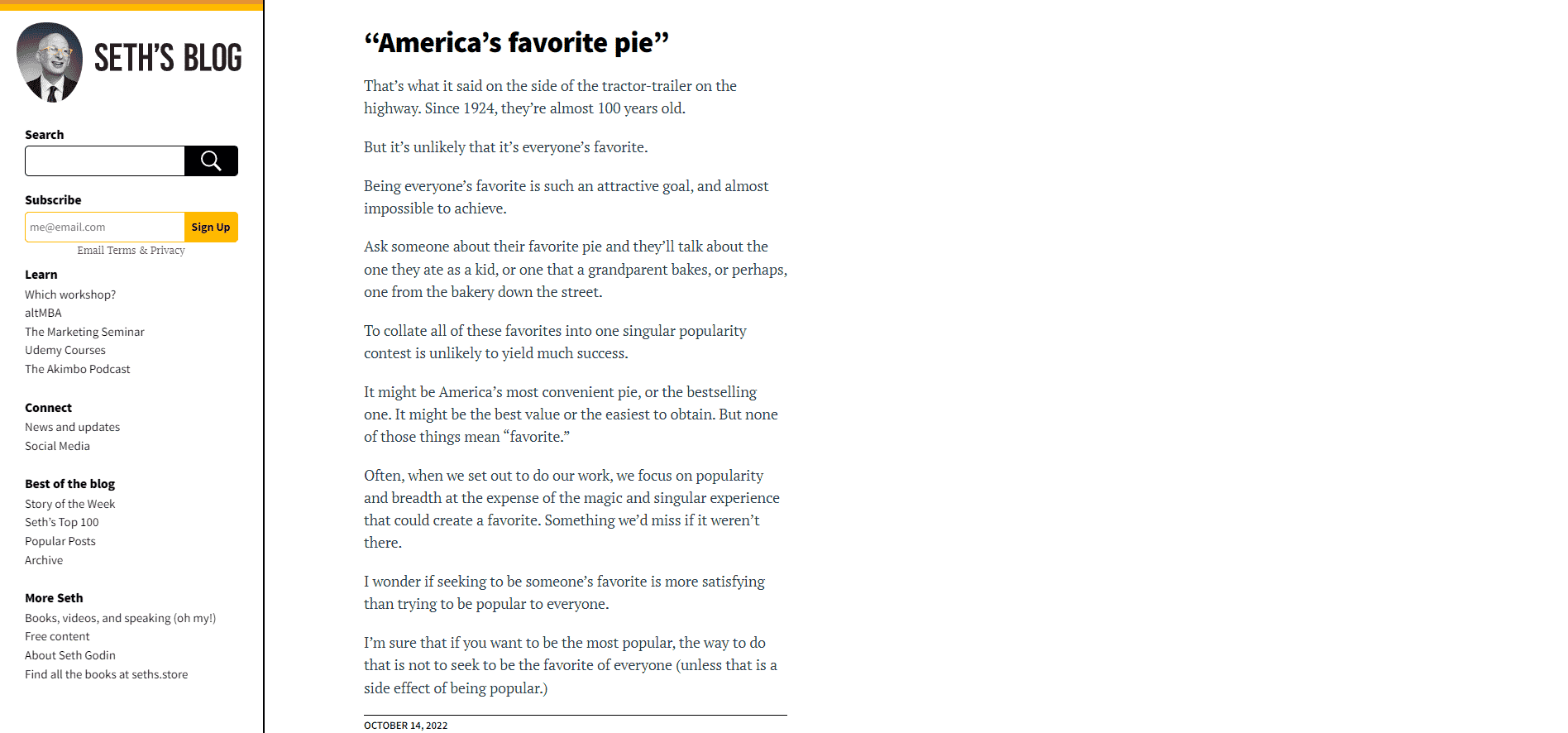Email design plays a significant role in whether or not subscribers will engage with your content. Following these email design best practices is essential to increase click-through rates (and change your business).

Here are 7 email design best practices to improve click-through rates:
Email marketing has plenty of negative connotations because of poorly executed strategies, which can make some marketers shy away from a golden opportunity. By doing email marketing right, brands can easily stand apart in a sea of mediocrity. Follow these email design best practices to do email marketing right.
1. Do not try for the Masses
Mass marketing is a term that is becoming increasingly irrelevant. Email marketers seem behind on the curve because of their attachment to open rate. A typical marketing email comes with a click-bait headline that would get anyone to open it. And because the marketer assumes people with a poor interest in his actual product will be opening the email, he is apologetic in his copy.
Compare this to Apple's emails (which are rare), which declare the product launch in the headline and are unapologetic about the product they market. Is that because Apple email newsletter subscribers are all devout Apple fans? Perhaps.
But one thing is for sure: Apple does not care if non-Apple fans delete its emails or unsubscribe from its list. It is good to try to maximize your open rate but not at the cost of user loyalty. Even if your email catches everyone's attention, it should only hold the attention of those who are its target market. In other words, you need to be very serious about your target market. Think about your favorite celebrity.
If he or she were to email you, would the subject need to trick you into clicking? Would the email copy be apologetic? Your goal should be to have a similar status in the eyes of your audience. And you can do that by building trust.
2. Follow through on your Promises
The second mistake many email marketers make is that they do not follow through on their promises. Where maximizing irrelevant email opens is hurtful to your brand, maximizing irrelevant clicks can actually tank your website's Google ranking. You cannot afford to get irrelevant clicks even for burner landing pages.
If your email subject line promises a $5 voucher, you cannot follow up the body with a $100 mandatory purchase. Your audience is savvy and doesn't care about you being technically right. If they feel tricked, they believe you lied to them.
But since most email marketers resort to such tactics, you can stand out positively by following through on your promises. The more annoyed they are with other brands' emails, the more they will appreciate yours.
3. Use the Email Body as a Landing Page
This idea might seem revolutionary to people who have started using landing pages as their proverbial hammer in the man with the hammer analogy. To a man with a landing page, everything requires a click. But in email marketing, this thinking can lead to the loss of digital real estate.
Let's take the example of Work x Work's email marketing for its On Air Fest. Its recent marketing email has the following subject line: Get Into It: 5 Picks from Sam Sanders and our Favorite Pop Culture Podcast. The subject says exactly what's in the email. More importantly, the five picks are in the email body!
Spammy email marketers would be horrified that Work X Work didn't get precious clicks before giving users what they wanted. But from a pragmatic perspective, does it really matter if the user reads the same content on On Air Fest's website?
The call to action, "Get Your Tickets," is peppered throughout the email just like it would be on a landing page. And clicking that button takes you to a sales page for the Festival. This highlights another crucial factor: the non-sales value of the email.
4. Reward your Audience for Opening Emails
If every email you send is basically "buy from me," there is never anything new, no substance, and, ultimately, zero reasons to open your emails. Trust me, everyone knows that every business wants more sales. Rewarding your audience for opening the emails doesn't mean giving them a voucher or a discount with each email. Too many discounts simply discount the brand and make slashed prices seem like the baseline price.
The idea of rewarding your audience for opening emails from you is not as monetary as voucher-happy email marketers might think. You can reward your audience with valuable stories and "meaty" content. Remember, people sign-up for non-sales newsletters with high interest. They want content, and you build goodwill when you offer them email content with standalone value.
A great example of a goodwill-building email newsletter is the one from Seth Godin. Seth's email newsletter is just a direct blast of his text-only blog. If you read a few posts on Seth's Blog, you will notice that he rarely sells his audience on anything yet continues to offer them valuable insights and stories. The point is not to not sell. The point is to give your audience value, and the sales will come naturally.

5. Use a Beautiful Header
Now that we have the strategic design out of the way, we can afford to focus on the visual design aspect of email marketing. As mentioned earlier, you need to deliver value to your audience. And beautiful imagery can be considered aesthetic value.
That said, the header must not include anything vital because many email clients block images until the reader checks the "allow images" option on top of the message. Your email should also make sense without the header, but the header must be visually appealing for the people who see it.
6. Use Contrast to your Advantage
Contrast is another design tool you can use to draw your audience's attention to the part you want them to pay attention to. There are two ways to build contrast in your emails: The first is with images.
Apple's marketing emails leverage contrast to great effect when they elevate their latest product and give the image some room to breathe. The contrast between the space around the image and the rest of the email content can really draw one in.
There is another type of contrast you might already be using unintentionally: textual body contrast. When you write long paragraphs on a landing page but offer breaks with bullet points and headlines, guess what most people read?
The bullet points and headlines!
You can use this device in emails as well. Just add headlines, subheadings, and pull quotes in your email alongside well-written paragraphs.
7. Have one Call-to-action but Include it Multiple Times
All email marketers know that having no call-to-action can be dangerous.
Pro-tip: If the reader has nowhere else to click except "unsubscribe," the odds of him clicking it becomes higher. Some email marketers know that having multiple calls can be suboptimal as well.
When you offer two choices, the audience might choose the easier path, which is usually to close the email. Good email marketers use one call-to-action, and great ones use the same one a few times. Have different portions of text highlighting the reasons to click, followed by the button. This tactic improves the click-through rate by 10% to 25%.
Final Thoughts
Email design can be daunting, but following some simple best practices can help you create emails that look great and achieve game-changing click-through rates.
But designing your emails requires more than pretty images! It happens at a strategic level when you choose the right headline, follow through with your promises, use good visuals and persuasive language, and include an enticing call to action. (Related: 11 Transactional Email Best Practices that will Keep Customers Smiling)
